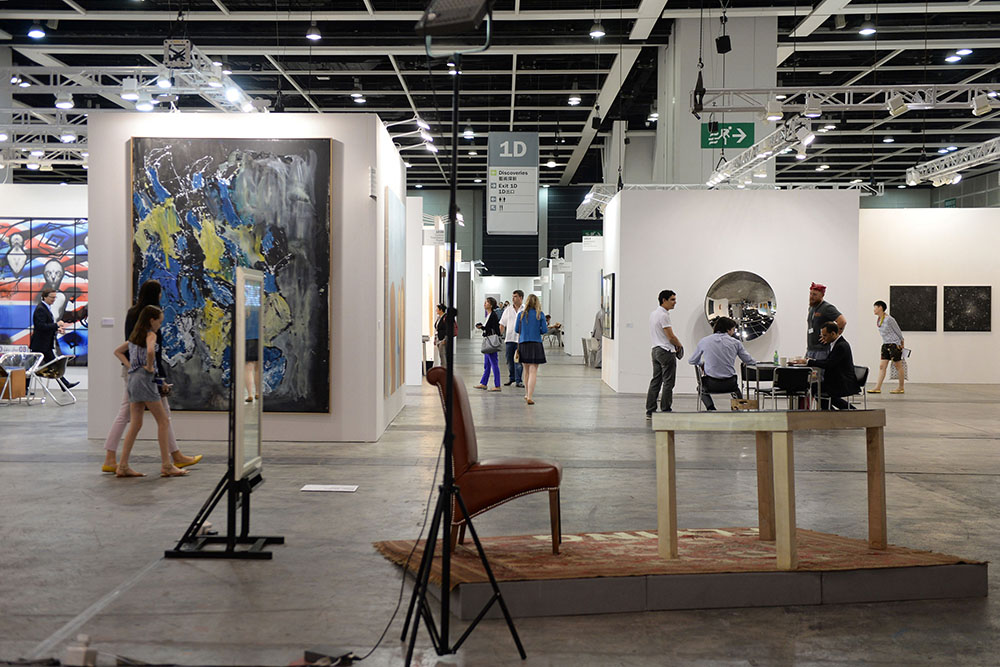Recognized Qualities
The two brothers Haegeli, Patrick (left), and Olivier, co-directors of Willemin-Macodel, have something to be proud of. The SME from Delémonte received yesterday in Lausanne the prestigious 2020 SVC Suisse Romande Award.
And it’s even a Jurassian double since the watchmaking group Richard Mille, in Les Breuleux, takes the second place. Great recognition for regional know-how.

Jurassian excellence rewarded
The Jura in the front ranks! Last night in Lausanne, Willemin-Macodel won the prestigious SVC Award for innovation.
In second place, we find… the Breuleux Richard Mille brand.
The image is strong. During the call of the two finalists, the scene is almost only occupied by Jurassians. «I assure you that there is no cheating. It is a pure coincidence if there is such a representation of people from this canton», smiles the Jurassien Valère Gogniat, journalist at Le Temps and presenter of the ceremony at the Federal Polytechnic School of Lausanne.
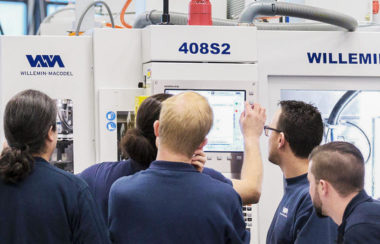
The Jura at the top of SVC Award
It was the party for the little township. Even if Jura’s companies are not necessarily the ones that are first mentioned when thinking about the Romand economic fabric, they are indeed at the forefront. Willemin-Macodel won last night the first prize of the Swiss Venture Club (SVC Award) for French-speaking Switzerland, which is awarded every two years. Right in front of… Richard Mille. The two Jura companies beat Infomaniak, the Groupe Boschung, and IMTF in the final in Geneva.
Each one has received an award, often from entrepreneurs traveling to other continents, but the SVC award – an association that brings together personalities from economy, politics, or culture – is above all symbolic. It rewards model companies according to many criteria, including innovation, said Isabelle Harsch, President of the jury.
Until then, the Jura had distinguished itself in this prize, for which the jury visited the companies, thanks to Preci-Dip Durtal, first in 2006, and Bélet SA, nominated in 2016.
The prestige brand is therefore now for Willemin-Macodel, a world leader in the development of industrial machine tools and offering tailor-made machining solutions.


But when the brothers, co-directors, and son of the founder Blaise Haegeli, Olivier, and Patrick learn the news about SVC award victory, they soberly settle for a fist «check» to congratulate themselves. A simple gesture that illustrates the company’s culture quite well, according to the jury. They have been seduced by this family, which has managed to ensure a successful succession and established in the company «a culture of humility and quality», notes Xavier Paternot, jury’s member.
This transmission of know-how is found rather surprisingly in the second-ranking company, the independent brand Richard Mille. Proof that the new generation is able to take the reins, is Cécile Guenat, daughter of the co-founder Dominique, who yesterday represented the group of Breuleux
Independence, a plus
The independence of the brand, which has been able to focus on the very high end and find its own market has clearly been an advantage in the quest for success. «We are very free. We only have the constraints that we put on ourselves. It’s a plus and it gives us the opportunity to be very innovative», says Cécile Guenat, Creative and Development Director. The Jura entrepreneurs were thus able to enter Lausanne last night with a guarantee of quality. The occasion to celebrate, but not too much. «We expect to get back to work tomorrow», smiles Olivier Haegeli. Innovation is not waiting.

Three questions to Olivier Haegeli (Co-director of Willemin-Macodel)

– Olivier Haegeli, what does this award mean to you?
It’s a reward for the entire company and the employees. It’s a recognition of their work. We will see how we can share this award with our collaborators. We managed to convince a jury of professionals. This is the signal that we are working in the right direction. It’s a great reward. This makes us a little better known, at Romand level, at SMEs level.
– Contrary to some observers, the general public is not necessarily aware of the excellence of Jura companies. Are we not having a little trouble selling ourselves?
Come on… I’m going to be a little provocative. Switzerland lacks curiosity about what’s going on here. There are really nice things! The idea that industry is not necessarily a source of innovation sometimes circulates, but that is absolutely false. There is a lot of innovation behind the doors of many Jura companies. We are proud to be among the two finalists with Richard Mille, a prestigious Jura company. We are proud to be Jura. Businesses are humble, family-run, and work is an important value to them.
– There is bullying and high competition in the machinery Industry. Does it still have a future in Switzerland?
We must not consider that an industrial machine tool is just a machine. These are very high-value-added products with very innovative solutions. The machine is part of the solution. Now they are automated, robotic, connected to servers. The famous 4.0, digitalization, automation are terms that are part of our daily life. We have a future in our region and in Switzerland as long as we maintain acceptable framework conditions.
BENJAMIN FLEURY

Industrial machine design, one of the secrets behind the innovation that seduced the jury
Innovation is not only a positive element for the production or the economy of a company but, above all, the ability to evolve to keep up with the times or even to anticipate them.
Willemin Macodel has been judged and awarded also for his longevity and now we are going to discover one of the secrets behind its capability of, not only survive, but even distinguish itself during the years: the propension to innovation.
In this sense, the two Haegeli brothers, Patrick and Olivier, have found their strategic ally in Enrique Luis Sardi, founder of SARDI who, with his team of designers, has been working for years now alongside the team of engineers of Willemin Macodel, designing with them increasingly innovative industrial machine design and strategic design that allows them to stand out within the offer of the current market.
|
|
|
Source: BENJAMIN FLEURY for Le Quotidien Jurassien Photo credits: Le Quotidien Jurassien and ©Patrice Schreyer





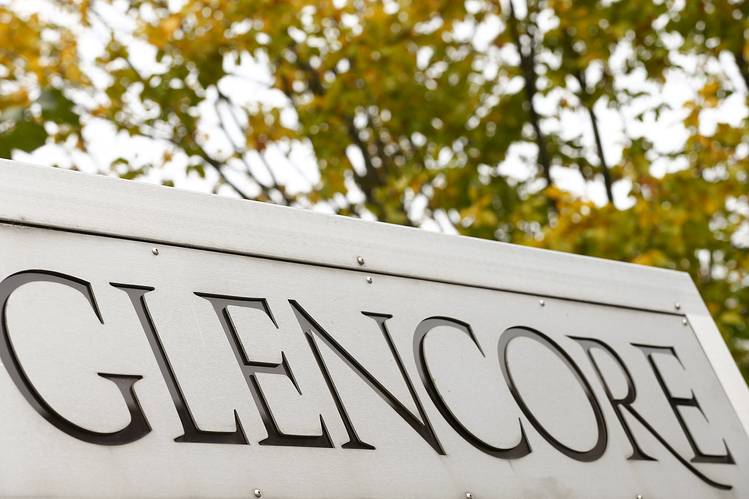
 The Transaction values 100% of the equity in Glencore Agri at US$6.25 billion. As at 31 December 2015, the business had long-term debt of US$0.6 billion and working capital (net of cash) of US$3.0 billion (including readily marketable inventories of US$2.5 billion) which it intends to finance with short term debt on closing.
The Transaction values 100% of the equity in Glencore Agri at US$6.25 billion. As at 31 December 2015, the business had long-term debt of US$0.6 billion and working capital (net of cash) of US$3.0 billion (including readily marketable inventories of US$2.5 billion) which it intends to finance with short term debt on closing. In addition, and consistent with the mutual commitment to a successful long-term partnership, Glencore and CPPIB have agreed to an initial four year lock-up period subject to a carve-out for Glencore to sell up to a further 20% stake. As well as customary exit provisions, including a right of first refusal, each of Glencore and CPPIB may call for an initial public offering of Glencore Agri after eight years from the date of closing.
In addition, and consistent with the mutual commitment to a successful long-term partnership, Glencore and CPPIB have agreed to an initial four year lock-up period subject to a carve-out for Glencore to sell up to a further 20% stake. As well as customary exit provisions, including a right of first refusal, each of Glencore and CPPIB may call for an initial public offering of Glencore Agri after eight years from the date of closing.
 The award of the contract by IGA includes the supply of a total of 648 units by Schindler to the world’s biggest airport. The contract consists of the delivery, installation and maintenance of 306 elevators, 159 escalators and 183 moving walks.
The award of the contract by IGA includes the supply of a total of 648 units by Schindler to the world’s biggest airport. The contract consists of the delivery, installation and maintenance of 306 elevators, 159 escalators and 183 moving walks.
 The prestigious global Effie Index measures the impact of marketing campaigns around the world.
The prestigious global Effie Index measures the impact of marketing campaigns around the world. Nestlé Japan teamed-up with a railway company that agreed to accept KitKat bars as tickets. The aim was to promote tourism and celebrate the reopening of train lines after the 2011 earthquake and tsunami.
Nestlé Japan teamed-up with a railway company that agreed to accept KitKat bars as tickets. The aim was to promote tourism and celebrate the reopening of train lines after the 2011 earthquake and tsunami.
 Singapore’s Yi Lin Juliana Ong, who goes by “Juls”, studied art and design in London, England. She has won major awards for her drawing and her artwork has been shown in museums and galleries in the UK and Singapore. In 2014 she accepted Swatch’s invitation to live and work in Shanghai for six months at The Swatch Art Peace Hotel.
Singapore’s Yi Lin Juliana Ong, who goes by “Juls”, studied art and design in London, England. She has won major awards for her drawing and her artwork has been shown in museums and galleries in the UK and Singapore. In 2014 she accepted Swatch’s invitation to live and work in Shanghai for six months at The Swatch Art Peace Hotel. The new Swatch Art Peace Hotel Special, JULS AT SWATCH ART PEACE HOTEL (SUOZ217), presents faces and figures inspired, says the artist, by the comic faces found on Chinese artifacts.
The new Swatch Art Peace Hotel Special, JULS AT SWATCH ART PEACE HOTEL (SUOZ217), presents faces and figures inspired, says the artist, by the comic faces found on Chinese artifacts.




 P. Haegeli: Vorerst ist es wichtig, dass die ganze Technologie unserer Maschinen auf den ersten Blick erkennbar ist. Natürlich wollten wir unseren neuen Maschinen eine sehr moderne, starke und attraktive Linie geben. Das Design ist jedoch auch die Folge der getroffenen Entscheidungen im Hinblick auf die bestmögliche Ergonomie für die Benutzer und die Maschinenwartung. Während des ganzen Verbesserungsprozesses haben wir bei den Lösungsansätzen immer die Vorteile für das Bedienungspersonal im Auge behalten. Dazu war die kleinstmögliche Bodenbelegung gefragt. Dies nicht nur weil die Quadratmeter in der Produktion kostbar sind, sondern weil die Kompaktheit der Maschinen ebenfalls ein wichtiges Verkaufsargument ist. Unser neues Bearbeitungszentrum 508MT2 Linear enthält sämtliche Peripherieeinrichtungen in den maschineneigenen Abmessungen zur minimalen Bodenbelegung. Das neue Design gilt auch für die weiteren Versionen dieser Maschinenreihe, nämlich das Bearbeitungszentrum 508S2 Linear mit fünf Simultanachsen zum Fräsen/Drehen im Modus Stück für Stück oder Palettieren sowie die Ausführung 508MT2 X1000 für die Multiprozess-Bearbeitung von Stangenmaterial. Diese verlängerte Version der Maschine 508MT2 erlaubt die simultane Bearbeitung auf zwei Stationen, was den Vorteil hat, die Bearbeitungszeit durch den gleichzeitigen Eingriff von zwei Werkzeugen erheblich zu vermindern.
P. Haegeli: Vorerst ist es wichtig, dass die ganze Technologie unserer Maschinen auf den ersten Blick erkennbar ist. Natürlich wollten wir unseren neuen Maschinen eine sehr moderne, starke und attraktive Linie geben. Das Design ist jedoch auch die Folge der getroffenen Entscheidungen im Hinblick auf die bestmögliche Ergonomie für die Benutzer und die Maschinenwartung. Während des ganzen Verbesserungsprozesses haben wir bei den Lösungsansätzen immer die Vorteile für das Bedienungspersonal im Auge behalten. Dazu war die kleinstmögliche Bodenbelegung gefragt. Dies nicht nur weil die Quadratmeter in der Produktion kostbar sind, sondern weil die Kompaktheit der Maschinen ebenfalls ein wichtiges Verkaufsargument ist. Unser neues Bearbeitungszentrum 508MT2 Linear enthält sämtliche Peripherieeinrichtungen in den maschineneigenen Abmessungen zur minimalen Bodenbelegung. Das neue Design gilt auch für die weiteren Versionen dieser Maschinenreihe, nämlich das Bearbeitungszentrum 508S2 Linear mit fünf Simultanachsen zum Fräsen/Drehen im Modus Stück für Stück oder Palettieren sowie die Ausführung 508MT2 X1000 für die Multiprozess-Bearbeitung von Stangenmaterial. Diese verlängerte Version der Maschine 508MT2 erlaubt die simultane Bearbeitung auf zwei Stationen, was den Vorteil hat, die Bearbeitungszeit durch den gleichzeitigen Eingriff von zwei Werkzeugen erheblich zu vermindern.





























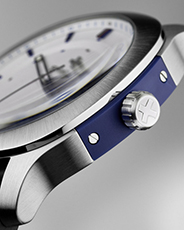


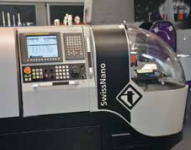
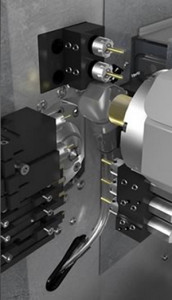


























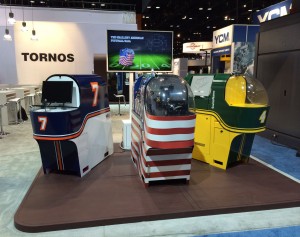 19 new machines
19 new machines
 One day Joselito went to the seashore and noticed that there were thousands of sea stars deposited there by the waves. Joselito had a strong feeling of sadness when he realized that the low tide was taking place and that in short time all of them would be dead. Without thinking twice, he started collecting them obstinately one by one, and throwing them into the sea. He was running continuously back and forth trying to save them.
One day Joselito went to the seashore and noticed that there were thousands of sea stars deposited there by the waves. Joselito had a strong feeling of sadness when he realized that the low tide was taking place and that in short time all of them would be dead. Without thinking twice, he started collecting them obstinately one by one, and throwing them into the sea. He was running continuously back and forth trying to save them.
 Swiss Made is a registered trademark that denotes products that are made in Switzerland. It is such a value for the manufacturer and the consumer that its designation is regulated, protected and controlled by Swiss law.
Swiss Made is a registered trademark that denotes products that are made in Switzerland. It is such a value for the manufacturer and the consumer that its designation is regulated, protected and controlled by Swiss law.
 Despite recent setbacks for the Swiss army, the air force continues to fascinate and enthrall the Swiss public, with 160,000 visitors to the Air14 show at its first weekend in the western Swiss town of Payerne. The show runs for nine days.
Despite recent setbacks for the Swiss army, the air force continues to fascinate and enthrall the Swiss public, with 160,000 visitors to the Air14 show at its first weekend in the western Swiss town of Payerne. The show runs for nine days.
 Pictet, the venerable Swiss private bank, used to take discretion to extremes: the brass plate on its Geneva HQ once bore the simple legend ‘P & Co’. The publication of its financial results for the first time in its 209-year-old history is indicative of the changing times for Swiss private banking.
Pictet, the venerable Swiss private bank, used to take discretion to extremes: the brass plate on its Geneva HQ once bore the simple legend ‘P & Co’. The publication of its financial results for the first time in its 209-year-old history is indicative of the changing times for Swiss private banking.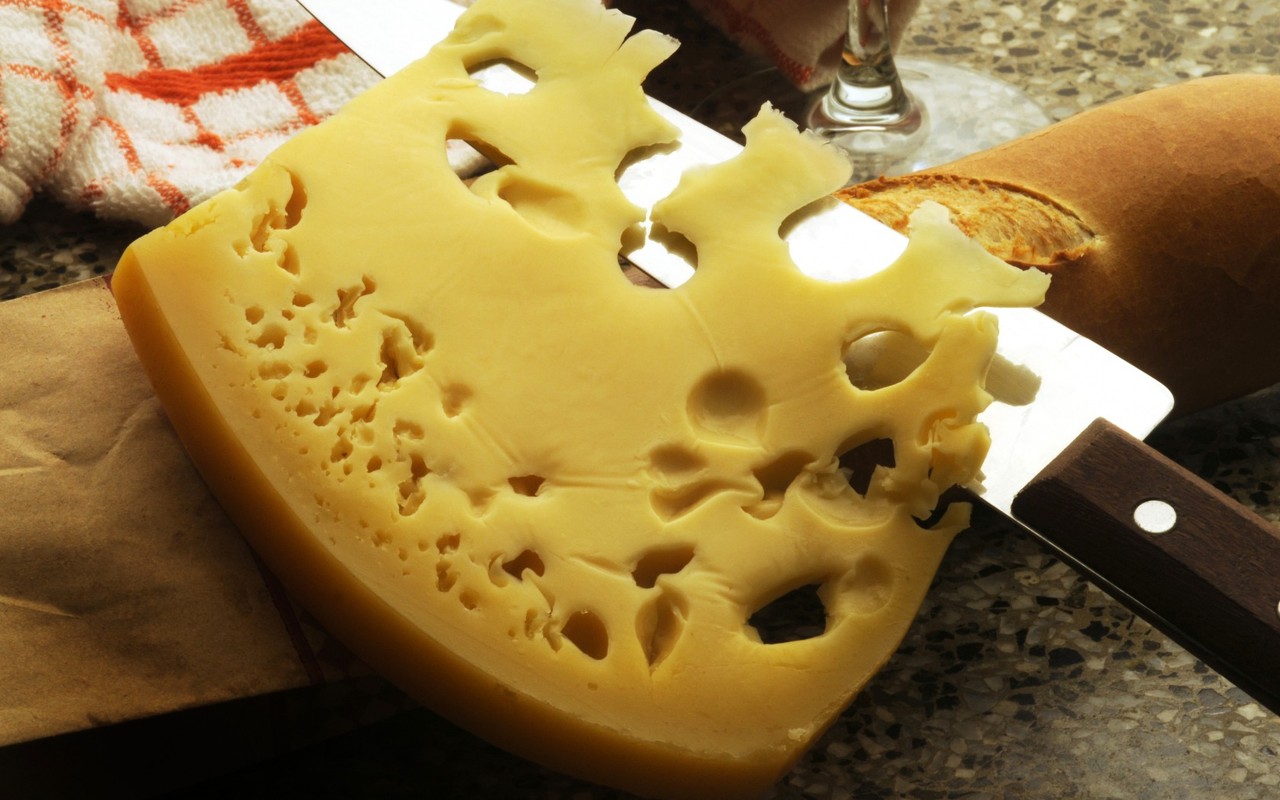
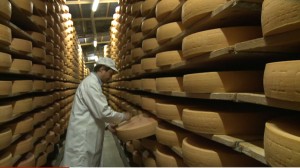 On the shelves of Moscow’s supermarkets, European cheeses have begun to thin out. Swiss production however isn’t enough to fill the gap, and a mountain of paperwork is in the way. It’s not easy to get a foothold in Russia.
On the shelves of Moscow’s supermarkets, European cheeses have begun to thin out. Swiss production however isn’t enough to fill the gap, and a mountain of paperwork is in the way. It’s not easy to get a foothold in Russia.
 Empa researchers Tanja Zimmermann and Philippe Tingaut, in collaboration with Gilles Sèbe from the University of Bordeaux, have succeeded in developing a highly absorbent material which separates oil from water. Once soaked it can be easily recovered. The sponge is produced in an environmentally friendly manner from recycled paper, wood or agricultural by-products.
Empa researchers Tanja Zimmermann and Philippe Tingaut, in collaboration with Gilles Sèbe from the University of Bordeaux, have succeeded in developing a highly absorbent material which separates oil from water. Once soaked it can be easily recovered. The sponge is produced in an environmentally friendly manner from recycled paper, wood or agricultural by-products.



